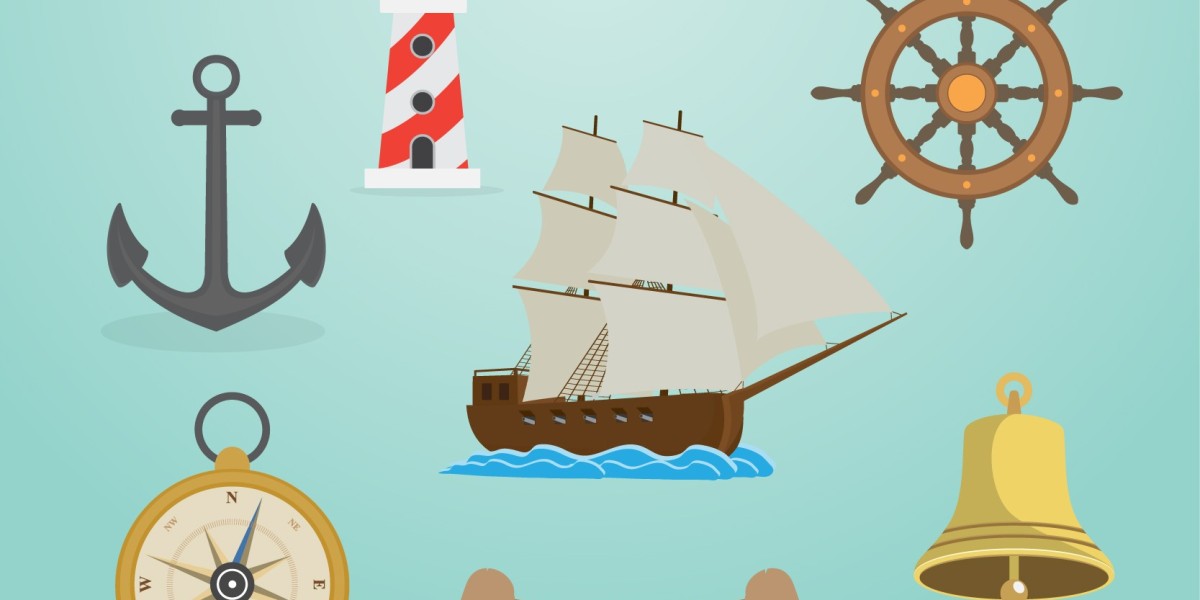Ships are incredible feats of engineering, designed to safely and efficiently carry cargo, passengers, or equipment across the world’s waters. But behind every vessel, no matter how big or small, lies a complex assembly of parts, each with a vital role.
Whether you’re fascinated by naval ships, cargo carriers, or cruise liners, knowing the basic Parts of a ship helps you appreciate the craftsmanship and technology involved in marine transportation.
Let’s dive into the essential parts that make a ship function smoothly on the open seas.
Hull
The hull is the watertight body of the ship. It’s the main structure that provides buoyancy and protects the ship’s interior from water. Hulls come in various shapes and materials (steel, aluminum, fiberglass), designed to balance stability, speed, and cargo capacity.
Bow
The bow is the front part of the ship. It’s designed to cut through water and reduce resistance, helping the ship move efficiently. The shape of the bow varies depending on the ship’s purpose—for example, cargo ships often have bulbous bows to improve fuel efficiency.
Stern
Opposite the bow, the stern is the rear end of the ship. It often houses important machinery, the propeller, and rudder, which control the ship’s movement and steering.
Deck
The deck is the horizontal surface covering the hull. Ships can have multiple decks, serving different purposes—from cargo storage to passenger areas. The main deck is usually the uppermost continuous deck.
Rudder
The rudder is a flat piece of metal or wood located at the stern, used to steer the ship. Controlled by the ship’s helm (wheel or joystick), it directs the flow of water and changes the ship’s direction.
Propeller
Sometimes called the “screw,” the propeller is a rotating device powered by the ship’s engine that propels the ship forward or backward. Propellers vary in size and number depending on the ship’s design and power needs.
Bridge
The bridge is the command center of the ship, usually located on an upper deck. It’s where the captain and crew control navigation, communication, and overall ship operations. Modern bridges are equipped with sophisticated instruments like radar, GPS, and autopilot systems.
Funnel (Stack)
The funnel or smokestack vents exhaust gases from the ship’s engines. It’s often a distinctive part of the ship’s silhouette and may display company logos or colors.
Anchor
The anchor is a heavy device dropped to the seabed to prevent the ship from drifting due to currents or wind. Anchors come in various types (fluke, mushroom, stockless) suited to different seabed conditions.
Cargo Hold
On cargo ships, the cargo hold is the large space below deck used to store goods during transport. Cargo holds are carefully designed to maximize space and ensure the safety of the cargo.
Mast
The mast is a vertical pole that supports navigation and communication equipment like radar, antennas, and lights. On sailing ships, it also supports sails.
Why Knowing Ship Parts Matters
Understanding ship parts isn’t just for marine professionals or enthusiasts. It helps travelers, students, and curious minds appreciate the technology, safety, and design that keep ships operating in all conditions.
Whether it’s a massive container ship crossing oceans or a small fishing boat in coastal waters, each part works together to make the vessel seaworthy.








